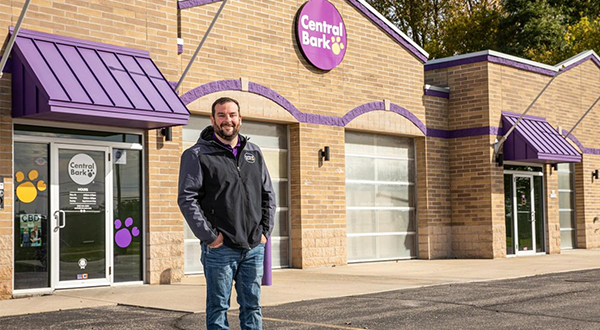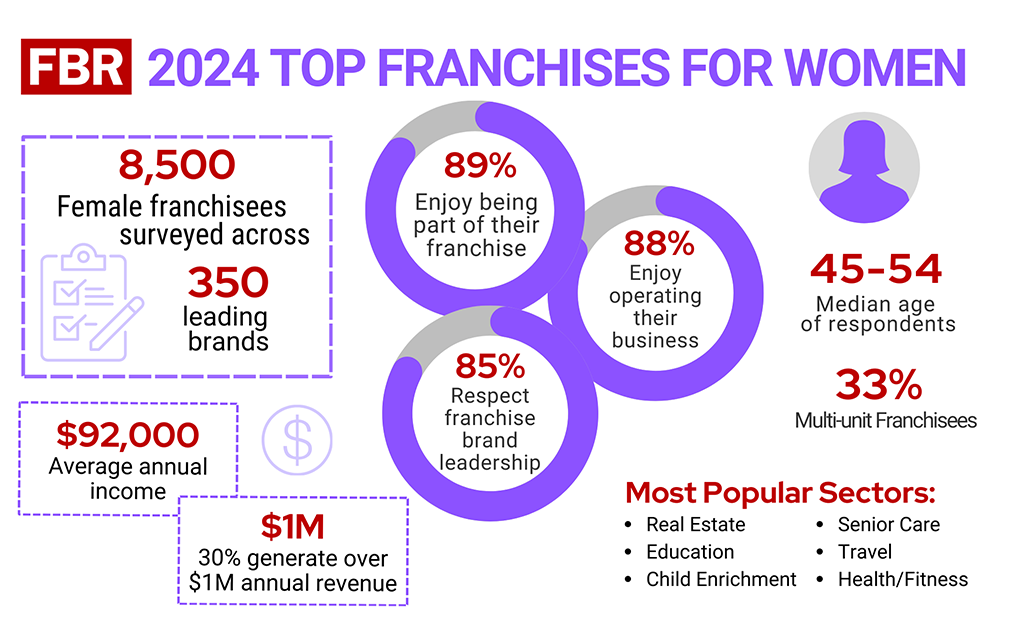The Proof is in the Pudding
Thinking about buying a food franchise? If you’re like most potential franchisees, the large, well-established brands may be the first to come to mind (McDonald’s, Wendy’s, Taco Bell, Subway, TGI Friday’s). While these heavy hitters have certainly helped pave the way for food and beverage franchise growth, there are plenty of other food franchise opportunities available, each with varying entry costs, franchise fees, training, marketing, and support programs.
Exploring the Various Types of Food Franchises
Part of your due diligence in exploring food franchises should include understanding the various types available, researching which have the highest franchisee satisfaction ratings, and identifying which brand resonates with your own priorities, values, and goals.
Quick Service Restaurants
Quick Service Restaurants (QSR) such as Wendy’s, MacDonald’s, and Church’s Chicken are typically referred to as “fast food” and associated with speed of service, low price points, and meals that are most often taken away rather than dining in–although the option to dine in exists or most brands.
Fast Casual Restaurants
This concept combines quality casual dining with the speed of fast-food restaurants. Culvers, Fazoli’s, and Captain D’s are examples of fast-casual restaurants. The food is more customized, freshly prepared, and of higher quality, with a dining area that is more upscale and inviting than a QSR. Customers typically order and pay at the counter and either dine-in or take out with little to no table service.
Full Service Restaurants
Full-service restaurants serve food and drink directly to customers’ tables. They may sell alcoholic beverages, provide take-out or curbside service, and provide live entertainment. The full-service concept includes restaurants like East Coast Wings + Grill, Eggs Up Grill, and Fuzzy’s Taco Shop.
Retail Food Concepts
Retail food concepts include everything from coffee shops, bakeries, and ice cream shops, to food trucks, vending machines, and convenience stores. Brands that fall under the retail category include The Haagen-Dazs Shoppe, Nothing Bundt Cakes, Kona Ice, and Happy and Healthy Products.
No Matter How You Slice It, Food Franchises Are Doing Well
The International Franchise Association (IFA) released its 2022 Franchising Economic Outlook report which details the franchise sector’s performance for the past year and the projected economic outlook for the year ahead. This year’s report indicates that consumers are expected to normalize buying patterns by increasing spending on services, including travel, restaurants, entertainment, and recreation.
Key Highlights from the IFA 2022 Franchising Economic Outlook1:
- 58.1% of franchise employment will be in the Quick Service Restaurant (45.1%) and Table/Full-Service Restaurants (13.0%) sectors.
- Franchise growth is expected to stabilize in 2022, expanding by 2.2% to reach a total of 792,014 franchise establishments, 17,000 more than in 2021.
- Franchises’ GDP contribution to the overall economy will remain stable at 3% in 2022, but the growth rate is likely to slow to 5.7%, still higher than the pre-pandemic level.
- In 2021, franchise employment increased by 8.8%—adding over 46,000 jobs per month.
Acquiring a Taste for Food Franchise Success
Food franchise owners report high satisfaction in operating their businesses. After all, they’re delivering a favorite pastime to their customers—eating and drinking! Plus, restaurant franchise owners report a great deal of satisfaction in building relationships with their customers, their employees, and their communities. Developing a client base of satisfied return customers and a loyal staff can help set the stage for long-term growth and financial returns.
Emerging food industry trends of 2022:
- Smaller locations with more drive-thru and delivery options
- Non-traditional locations such as kiosks and food trucks
- “Ghost Kitchens” prepare food for multiple brands and use third-party delivery
- Mobile-only or in-store self-ordering to improve efficiencies
Owning and operating a restaurant franchise requires some chops. The food and beverage industry is competitive and trend-driven. It is affected by global market fluctuations such as supply chain factors and food price volatility. And, since food and beverage franchises typically have low-profit margins, managing expenses is critical. It takes time to establish best practices, grow a clientele, and hire and train the right people. It can also take a while for new franchisees to recoup startup costs. But, once you’ve put in the time, prep work, and due diligence of setting up your business, you will be in a position to experience the rewards of sweet success.
Exploring FBR’s Top Food Franchise Opportunities
If you think you’ve got the chops to make a restaurant franchise work for you, it’s time to explore your options. Examining FBR’s reviews, advice, and unbiased feedback from franchisees who’ve already made the leap is a great place to start! On average, the brands on FBR’s 2022 Top Food Franchises List rank 15% – 25% higher than other food industry competitors in overall franchisee satisfaction.
According to our 2022 Top Food Franchises Report:
- 87% enjoy Being Part of the franchise organization
- 86% enjoy Operating their business
- 85% would recommend the franchise to others
- 85% respect their franchisor
Getting Your Piece of the Pie
Some of the higher-investment franchises—such as McDonald’s, Wendy’s, TGI Friday’s, Culver’s, Walk-On’s Sports Bistreaux, Pizza Ranch, Slim Chickens, Golden Chick, Chick-fil-A, Another Broken Egg, and LaRosa’s Pizzeria—can potentially carry a million-dollar price tag and generally have a minimum cash requirement of $500,000. This may put them out of reach for some first-time franchise buyers, but there are plenty of food and drink franchise opportunities available today.
The median Investment costs for an FBR Top Food Franchise typically require $250,000 in liquid capital toward initial investment with a $750,000 net worth requirement whereas low-cost food franchise investments start at around $20,000.
No matter how you slice it, food and beverage franchises offer entrepreneurs an opportunity for success. If you’re considering buying a food franchise, reviewing our 2022 Top Food Franchise List can help you compare top franchises, understand their business model and startup costs, and weigh the pros and cons of each.



